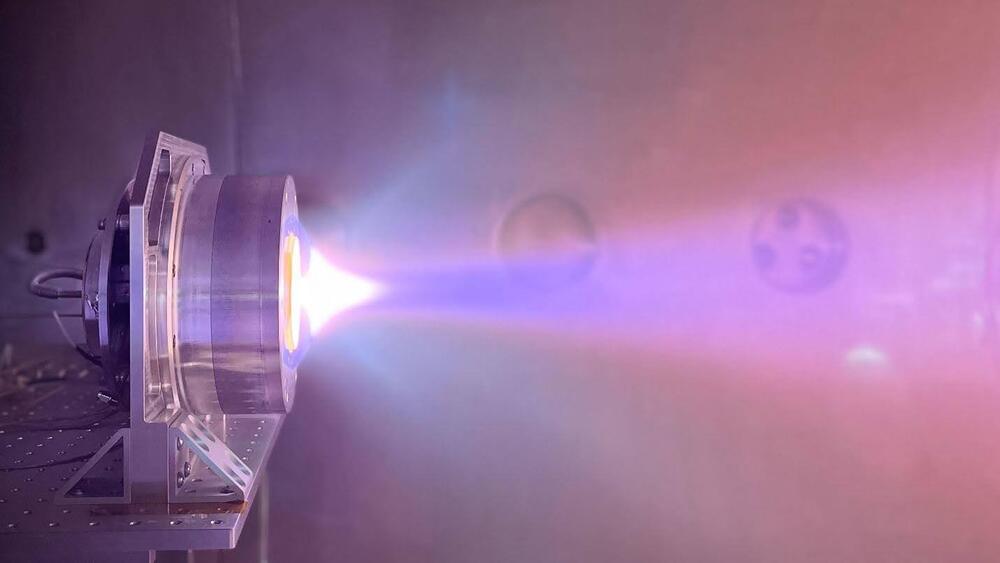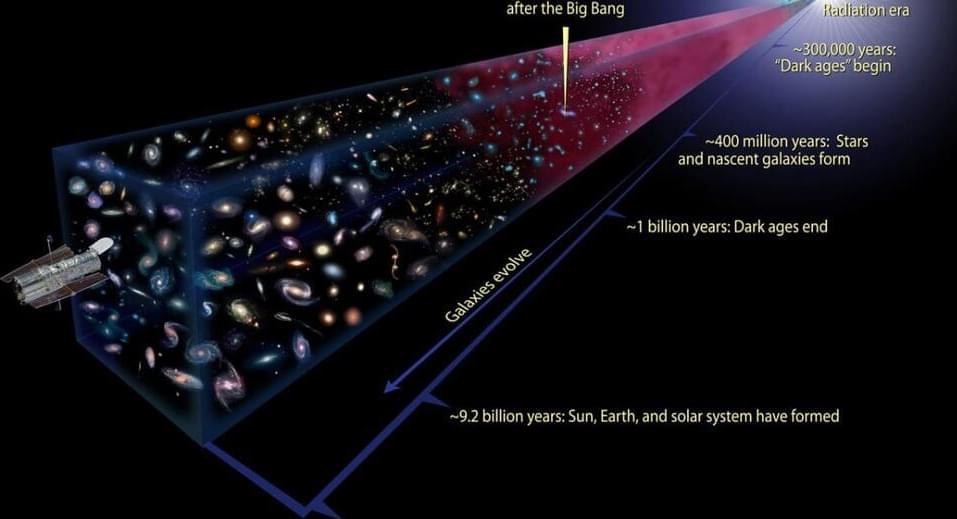Apr 8, 2024
Shield AI to let Hivemind software fly three more aircraft
Posted by Saúl Morales Rodriguéz in categories: drones, military, robotics/AI
NATIONAL HARBOR, Md. — Shield AI in the next year plans to have its Hivemind digital pilot working aboard three additional types of aircraft, bringing the total to nine.
The California-based company has already folded the autonomous flight software into three classes of quadcopters, its own V-Bat drone, the F-16 fighter jet and the Kratos-made MQM-178 Firejet drone.
Up next are two more Kratos products, the XQ-58 and BQM-177, according to Brandon Tseng, the president of Shield AI. The firm has not picked a third candidate.


















